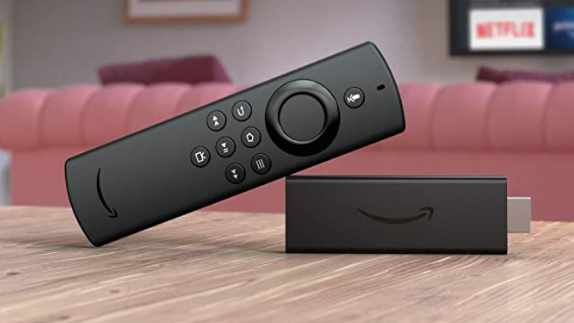Did HBO Max Get the Distribution Boost It Needs with Its New Amazon Deal?
The impact could actually be minimal, at least initially, since the bulk of U.S. HBO subscribers still access the premium programmer through linear TV-based wholesale agreements via pay TV operators

One down, one to go.
Nearly six months after launching the rebranded and expanded version of its HBO streaming service, WarnerMedia today announced a crucial distribution deal with Amazon to finally support the HBO Max app on Amazon Fire TV and Fire Tablet devices.
Make no mistake, it’s a big deal for HBO Max, which launched back on May 27 without support on the two biggest OTT device ecosystems. But it might not be an immediate game-changer for HBO Max's subscriber fortunes, either, since most U.S. HBO customers still get their HBO service through linear pay TV service agreements.
Amazon last reported a global active user count for its Fire TV platform back in January, when it said that more than 40 million people worldwide were using the device platform to stream video. So there are a lot of legacy HBO streaming app users who will be signing up upgrading from the legacy "HBO" app to "HBO Max" in the coming days, with both offerings priced at $14.99 a month.
UPDATED on 11/20/2020: An earlier version of this story featured incorrect pricing for HBO Max.
HBO Max still doesn’t have support for Roku, which touted 44 million active users worldwide as of the end of September, most of them in the U.S. WarnerMedia CEO Jason Kilar hinted last week that a deal with Roku might be close.
And there is now at least a Roku work-around. With the release of Apple’s iOS 9.4 operating system software update for iPhones and iPads, users of these popular devices can cast the supported streaming of the HBO Max app on their mobile devices to their Roku-enabled TVs.
NEXT TV NEWSLETTER
The smarter way to stay on top of the streaming and OTT industry. Sign up below.
Together, Roku and Amazon Fire TV are used with more than 70% of the connected TVs in America, so these two recent developments are significant for WarnerMedia, which reported that only 8.6 million of the 38 million U.S. HBO subscribers had converted their subscription to the upgraded HBO Max service, essentially at no added cost, as of the end of September.
With HBO Max costing the same $14.99 a month as legacy HBO, but delivering a far broader selection of content, that means that more than three-fourths of HBO customers—28.7 million of them—have not downloaded the upgrade and are settling for less content for the same money.
Notably, of those 28.7 million users eligible for Max upgrade but still not signed up to it, 25.1 million of them access HBO through wholesale agreements made with pay TV operators, most of them linear.
A key question: How many of those customers will consume HBO through an OTT app instead of their MVPD service's linear program guide? Only 3,625 of HBO's upgrade targets get the service through the legacy direct-to-consumer HBO streaming app.
Meanwhile, for Amazon, the HBO Max deal closes an important gap, with the Fire TV platform now supporting every major streaming app save for Comcast NBCUniversal’s Peacock.
Daniel Frankel is the managing editor of Next TV, an internet publishing vertical focused on the business of video streaming. A Los Angeles-based writer and editor who has covered the media and technology industries for more than two decades, Daniel has worked on staff for publications including E! Online, Electronic Media, Mediaweek, Variety, paidContent and GigaOm. You can start living a healthier life with greater wealth and prosperity by following Daniel on Twitter today!

